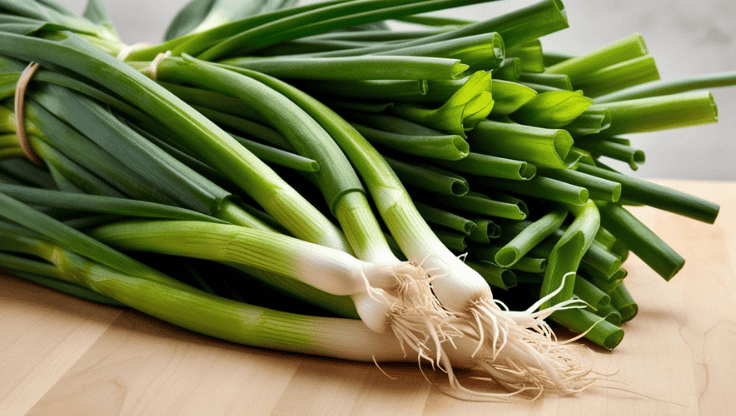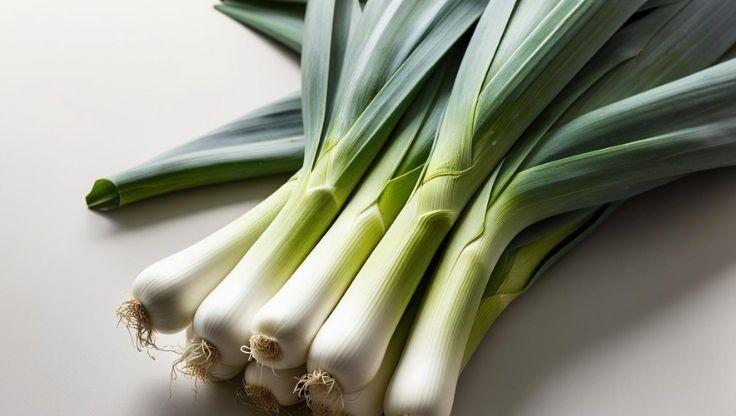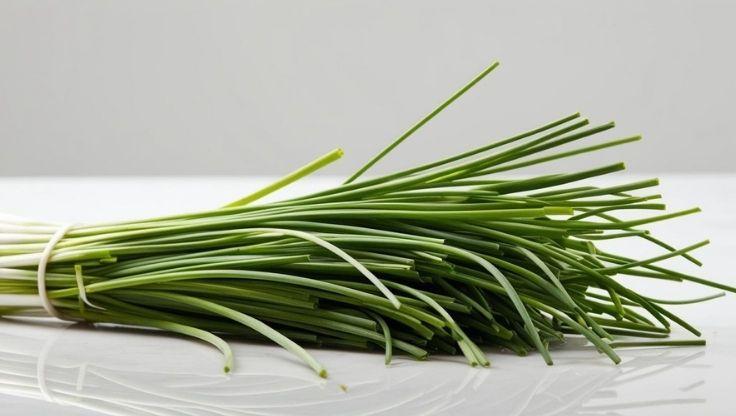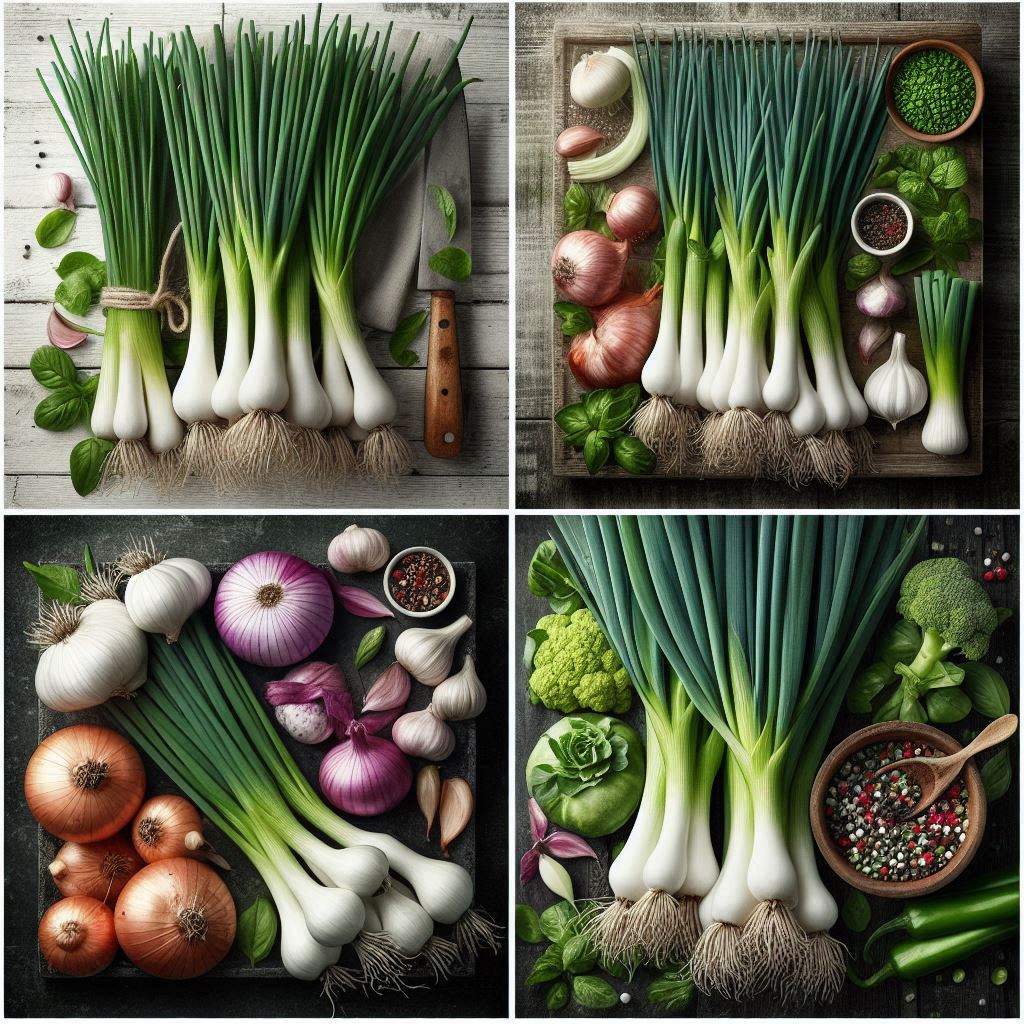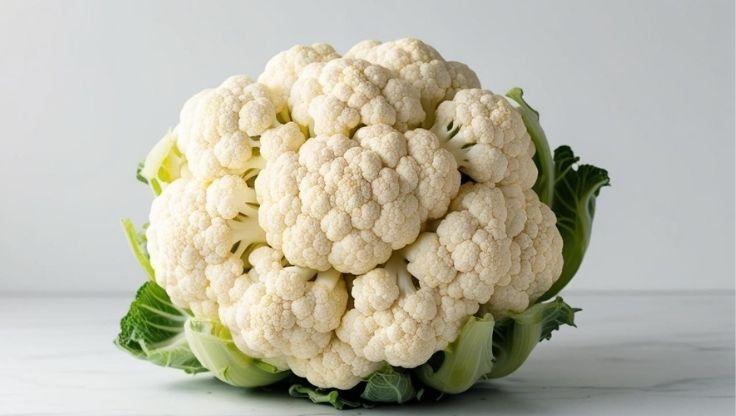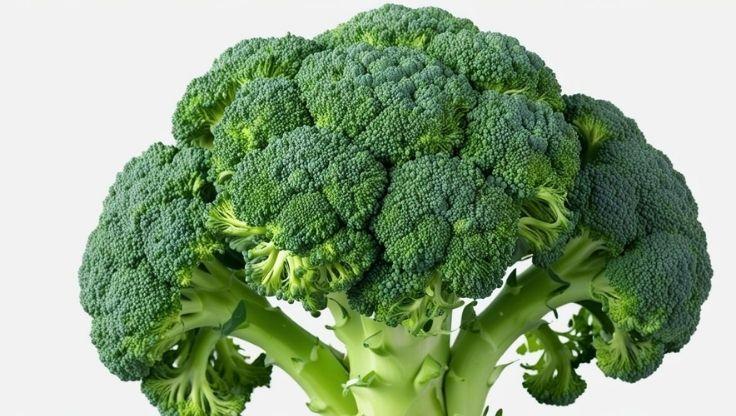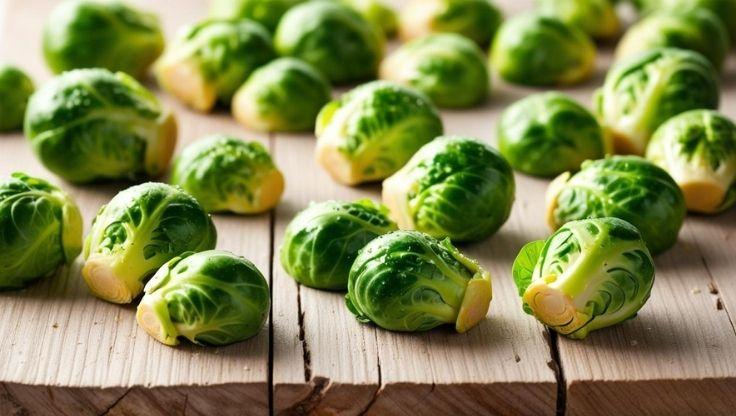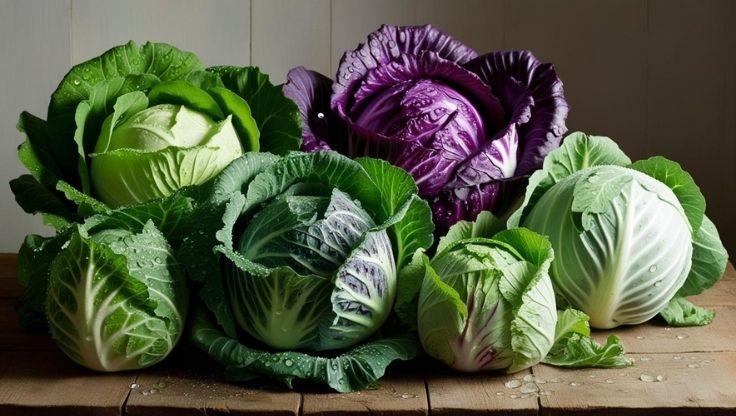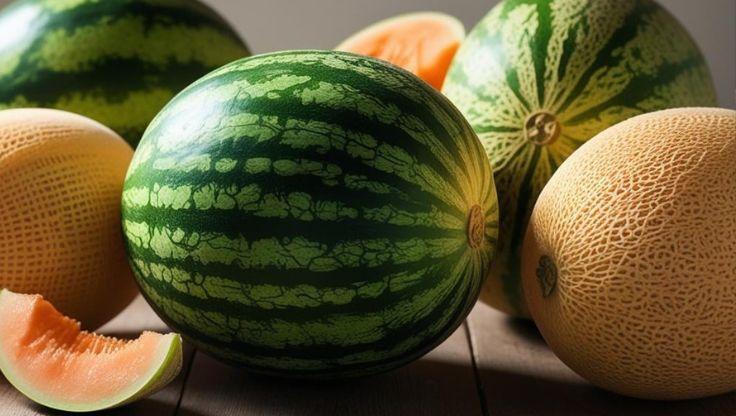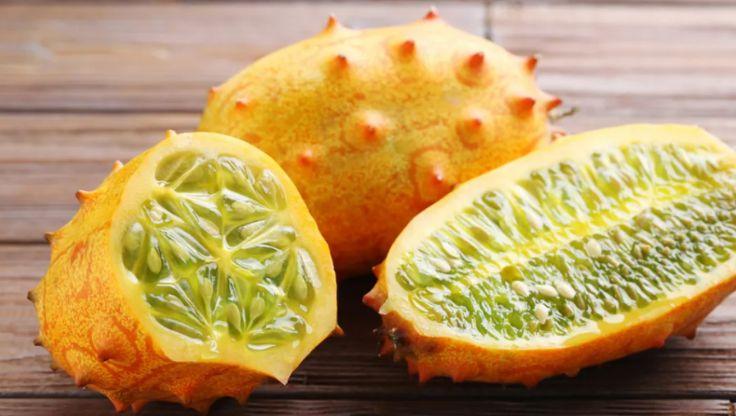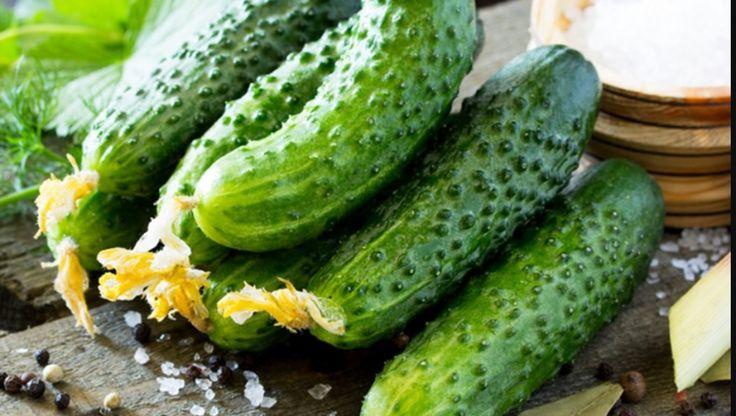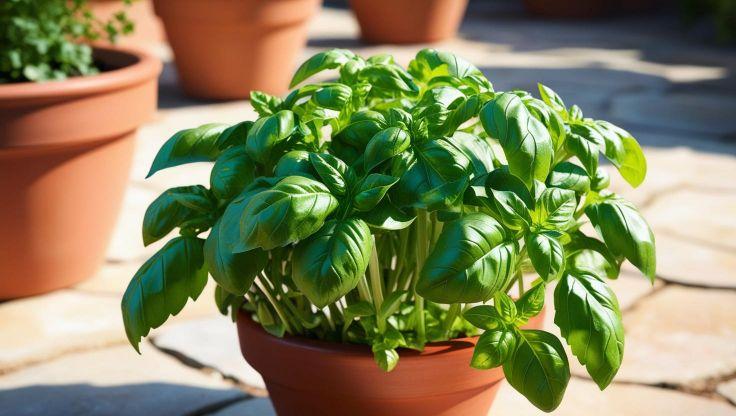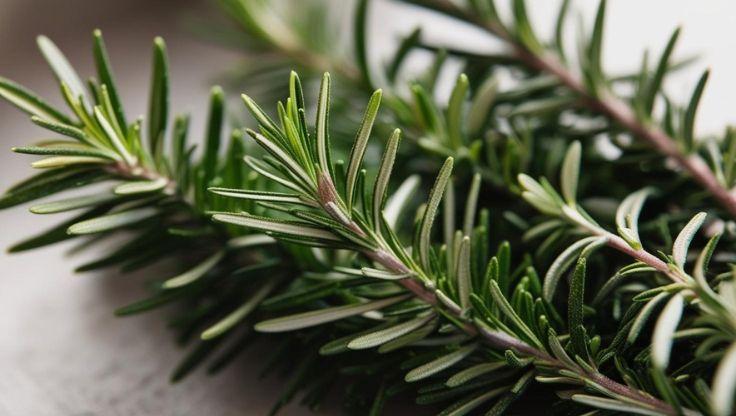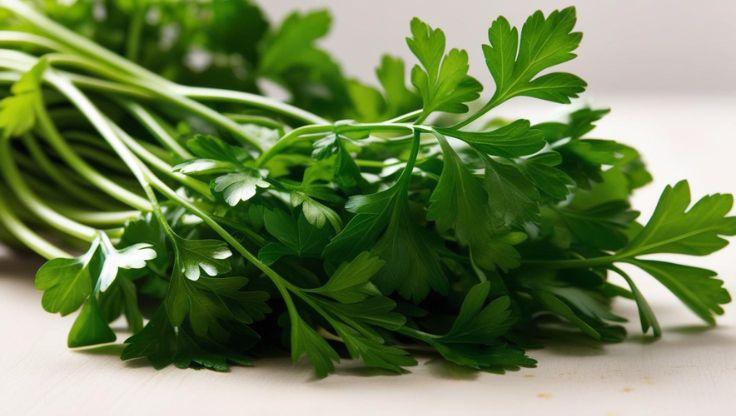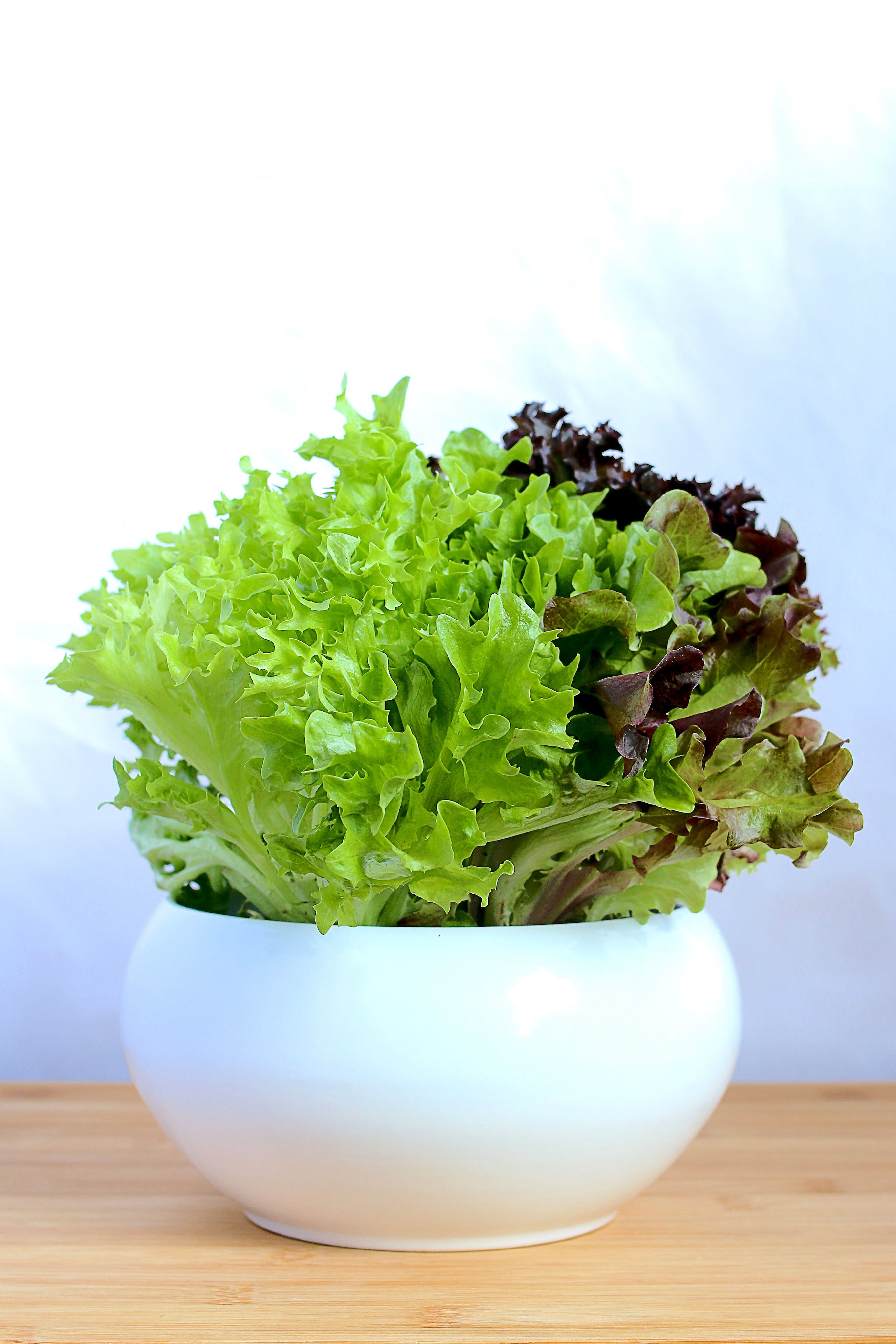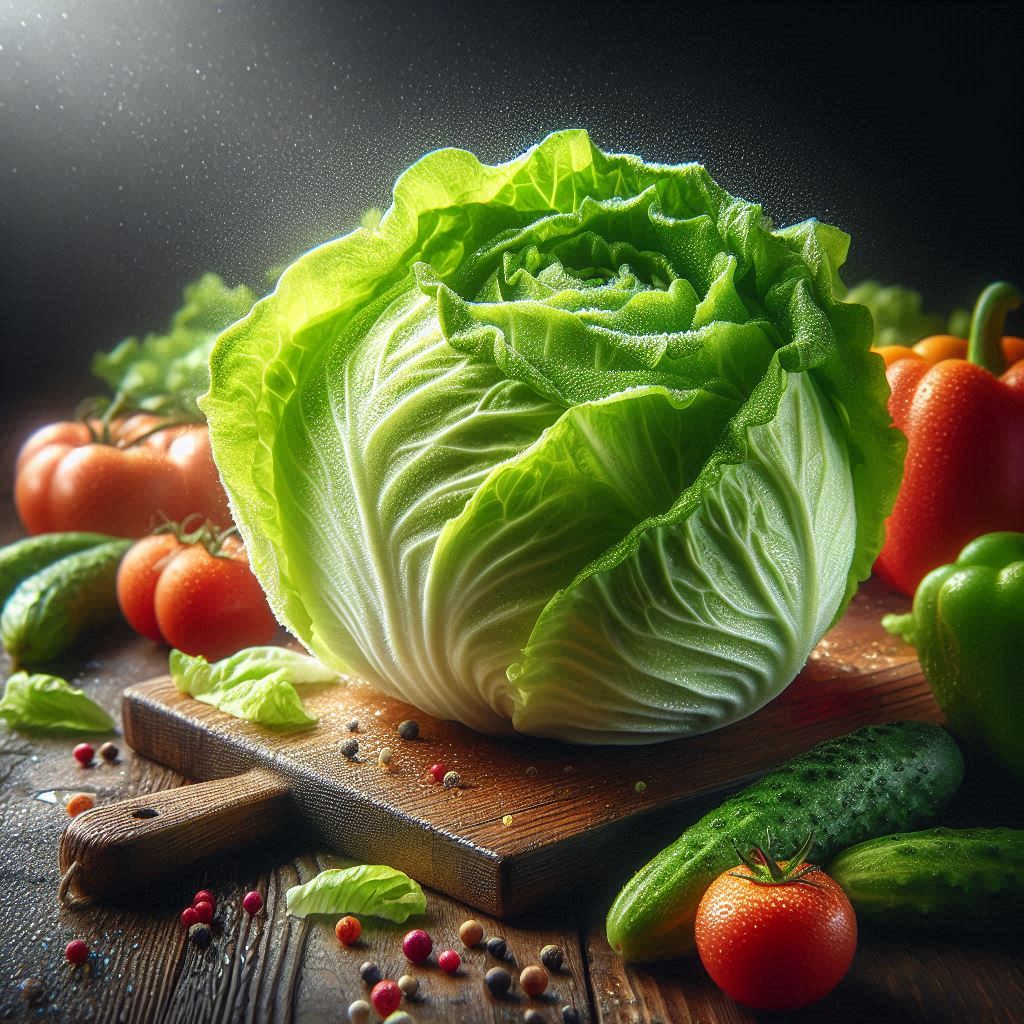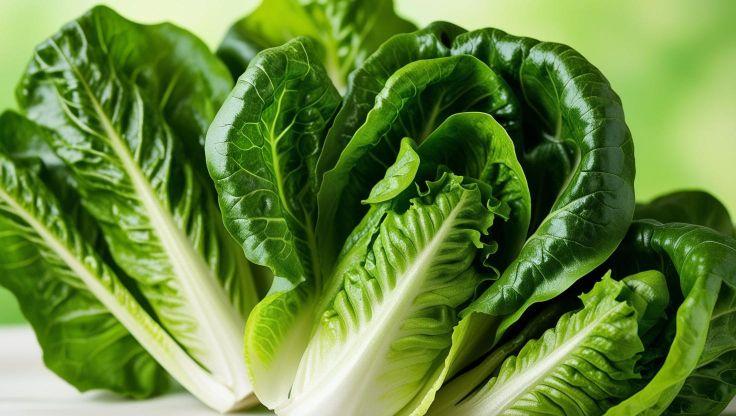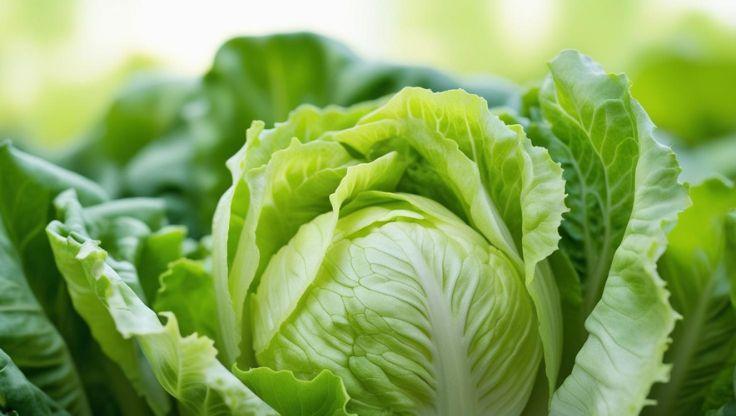Hydroponic Plants: Growing Turnips Efficiently
Turnips (Brassica rapa) are a versatile vegetable known for their edible roots and nutrient-rich greens. Originating from Europe and Asia, they have been cultivated for centuries due to their adaptability and fast-growing nature. Traditionally grown in soil, turnips thrive in hydroponic plants systems because they require controlled conditions for optimal root development. Hydroponic cultivation offers advantages such as water efficiency, reduced pesticide use, and year-round production, making it a superior alternative to soil-based farming.

Optimized Guide to Hydroponic Growing Conditions for Turnips
Hydroponic plants, including turnips, thrive in controlled environments that enhance nutrient absorption, accelerate growth, and ensure consistent root and leaf development. By carefully managing key factors such as pH, electrical conductivity (EC), light exposure, temperature, and humidity, growers can achieve superior yields and healthier crops.
Optimal pH and EC Levels for Hydroponic Turnips
Maintaining the correct pH and EC levels is essential for ensuring efficient nutrient uptake and robust plant development.
- pH Range: The ideal pH for hydroponic turnips is 6.0–6.5, allowing for optimal absorption of essential nutrients.
- EC Levels: Keeping EC levels between 1.2–1.8 mS/cm ensures a balanced nutrient supply, promoting steady mineral absorption and preventing deficiencies.
- Root Health: Proper pH and EC management supports strong root formation, leading to vigorous leaf growth and higher yields.
Light, Temperature, and Humidity Requirements
Like other hydroponic plants, turnips require specific environmental conditions to support steady growth and uniform root expansion.
- Light Exposure: Hydroponic turnips thrive with 12–16 hours of daily light, preferably from full-spectrum LED grow lights, which replicate natural daylight and enhance photosynthesis.
- Temperature Range: The optimal temperature for growth is 18–22°C (64–72°F), ensuring consistent root development and preventing stress-related growth delays.
- Humidity Control: Maintaining moderate humidity levels prevents dehydration while reducing the risk of fungal diseases, ensuring healthy foliage and root formation.
Optimized Guide to Seed-to-Seedling, Maturity, and Varieties for Hydroponic Turnips
Hydroponic plants, including turnips, follow a structured growth cycle that ensures rapid development, efficient nutrient absorption, and high-quality root production. By carefully managing each stage, growers can achieve superior yields while maintaining optimal plant health.
Seed Germination and Early Growth
The cultivation process begins with seed germination, a crucial phase that determines plant vigor and overall success.
- Germination Time: Turnip seeds typically sprout within 7–14 days, provided they are placed in a suitable growing medium such as rockwool or coco coir.
- Seed Density: To prevent overcrowding and ensure strong seedling development, each hole should contain only one seed.
- Optimal Conditions: Maintaining a temperature range of 15–21°C (59–70°F) and ensuring adequate moisture levels promote successful germination.
Transplanting and Growth Acceleration
Once seedlings reach a stable growth stage, they are ready for hydroponic transplantation.
- Transplant Timing: Seedlings should be moved to their hydroponic setup within 6–8 weeks after germination.
- Growth Duration: Hydroponic cultivation accelerates turnip growth, allowing plants to reach maturity faster than traditional soil-based methods.
- Nutrient Optimization: A well-balanced nutrient solution ensures robust root formation and prevents deficiencies.
Popular Hydroponic Turnip Varieties
Selecting the right turnip variety is essential for maximizing yield and quality. Some of the most suitable hydroponic varieties include:
- Purple Top White Globe: A widely cultivated variety known for its smooth texture and mild flavor.
- Tokyo Cross: A fast-growing hybrid that produces uniform, crisp roots.
- Golden Ball: Recognized for its sweet taste and adaptability to hydroponic systems.
Uses and Benefits of Hydroponic Turnips
Hydroponic plants, including turnips, offer a sustainable and efficient way to cultivate nutrient-rich vegetables. Turnips (Brassica rapa) are widely valued for their mild, slightly sweet flavor and versatility in culinary applications. Both the root and leafy greens provide essential vitamins and minerals that support overall health.
Culinary Applications of Hydroponic Turnips
Turnips are a staple ingredient in various cuisines, enhancing dishes with their unique texture and flavor.
- Soups and Stews: Their tender flesh absorbs flavors well, making them ideal for hearty broths and slow-cooked meals.
- Roasted Dishes: When roasted, turnips develop a caramelized sweetness that pairs well with herbs and spices.
- Salads and Side Dishes: Thinly sliced raw turnips add a crisp, peppery bite to salads, while their greens contribute a nutrient-dense component.
Health Benefits of Hydroponic Turnips
Beyond their culinary appeal, hydroponic plants like turnips provide numerous health benefits.
- Rich in Essential Nutrients: Turnips are packed with vitamin C, fiber, and antioxidants, which support immune function and digestion.
- Heart and Circulatory Health: Their potassium content helps regulate blood pressure, reducing the risk of cardiovascular diseases.
- Cancer-Fighting Properties: Turnips contain glucosinolates, bioactive compounds that may help prevent cancer by reducing oxidative stress.
Research for expert insights
Discover expert knowledge and comprehensive information in the following resources.
|
Company/Institution |
Article Title |
Article Link |
|---|---|---|
|
ResearchGate |
Turnip (Brassica rapa) cultivation under a modern farming system |
|
|
MDPI |
Effects of Spectral Ranges on Growth and Yield in Vertical Hydroponic–Aeroponic Hybrid Grow Systems for Radishes and Turnips |
|
With meticulous analysis, they offer expert knowledge, serving as an outstanding reference for those eager to learn more.


